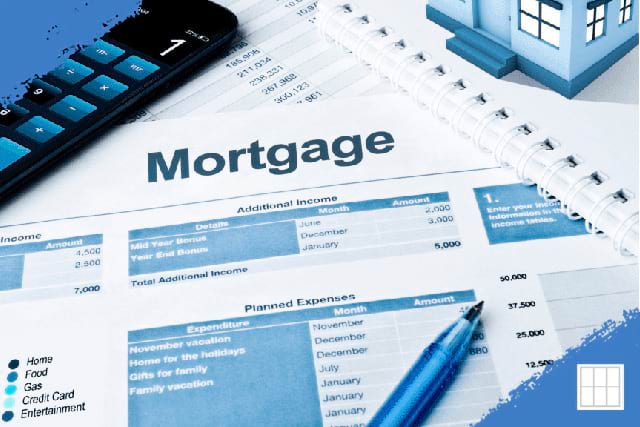Navigating the mortgage loan process can seem daunting, but with Metropolitan Mortgage Corporation by your…

Understanding the Mortgage Process: A Step-by-Step Guide
A Beginner’s Guide to Navigate the Mortgage Process with Ease
Buying a house is one of the biggest investments you’ll ever make. It’s exciting, but it can also be a bit intimidating, especially when it comes to understanding the mortgage process. However, with a little bit of knowledge, you can navigate the mortgage process with ease. In this article, we will provide a step-by-step guide on the mortgage process, helping you to understand the process and make informed decisions.
Determine Your Budget
Before starting the mortgage process, it’s essential to determine your budget. Your budget will determine how much house you can afford and the amount of the mortgage you can apply for. To determine your budget, calculate your monthly income and expenses. It’s important to include all your monthly expenses, such as rent, car payments, and credit card payments. Your budget will help you to determine what type of mortgage you can afford.
Choose a Mortgage Lender
Once you have determined your budget, the next step is to choose a mortgage lender. A mortgage lender is a financial institution that provides loans to individuals for purchasing a home. It’s important to do your research and choose a reputable lender with good rates and customer service. You can compare rates from different lenders online or visit a local bank or credit union.
Get Pre-Approved for a Mortgage
Before you start house hunting, it’s important to get pre-approved for a mortgage. Pre-approval is a process where a lender reviews your financial information and determines how much money they are willing to lend you. Pre-approval gives you an idea of your budget, making house hunting easier. It also shows sellers that you are a serious buyer and can help you in negotiations.
Find the Right Home
Once you have been pre-approved for a mortgage, you can start house hunting. It’s important to find a home that fits your budget and meets your needs. You can work with a real estate agent to find homes in your desired location and price range. Make sure to visit the homes you’re interested in and conduct inspections to ensure the home is in good condition.
Apply for a Mortgage
After you have found the right home, the next step is to apply for a mortgage. The mortgage application process includes providing financial information, such as income and debt, to the lender. The lender will also conduct a credit check and order an appraisal of the home to determine its value. Once the lender approves your application, they will provide you with a loan estimate, which includes the interest rate and closing costs.
The Appraisal Report
The appraisal process is an important part of the mortgage loan process. An appraisal is an assessment of the value of the property being purchased, conducted by a licensed appraiser. The appraiser will inspect the property and compare it to similar properties in the area to determine its fair market value. The lender requires an appraisal to ensure that the property is worth the amount of the loan being requested. If the appraisal comes in lower than the loan amount, the lender may require the borrower to either make up the difference in cash or renegotiate the purchase price with the seller. The appraisal process can take 3 to 10 days to complete, so it’s important to factor in this time frame when planning your home buying timeline.
Underwriting: The Process of Approval
After you’ve submitted your loan application, your loan is submitted to the underwriting. This is when the lender reviews your application and determines whether or not to approve your loan. During underwriting, the lender will verify your employment and income, review your credit history, and ensure that the property you’re purchasing meets their lending requirements.
During underwriting, the lender may ask you to provide additional documentation or clarification, which may extend the underwriting process that typically takes a few days to complete.If the underwriter approves your loan, they’ll provide you with a loan commitment letter outlining the terms of your loan.
Closing on Your Mortgage
The final step in the mortgage process is closing on your mortgage. This is the point where you sign the final paperwork and receive the keys to your new home. Before closing, you’ll receive a Closing Disclosure, which includes the final terms of your loan. Review the document carefully and ask any questions you may have. Once you sign the final paperwork and pay the closing costs, you’ll receive the keys to your new home.
Conclusion: The Mortgage Process
Understanding the mortgage process can be overwhelming, but it’s an essential part of purchasing a home. By following these steps, you’ll be able to navigate the mortgage process with ease. Remember to do your research, choose a reputable lender like Metropolitan Mortgage Corporation, and find the right home for your needs. With the right guidance and knowledge, you’ll be able to close on your mortgage and start enjoying your new home.

